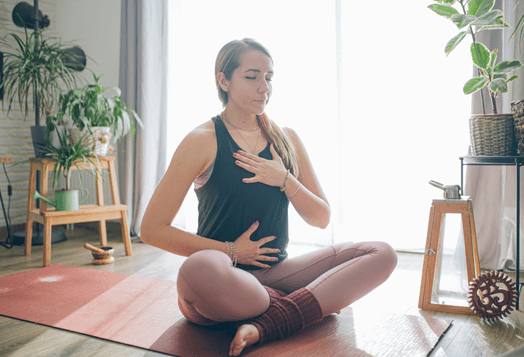
Ever had those days where everything seems to test your patience? When you spill coffee on your white shirt right before an important meeting or when your neighbor's dog decides that 3 am is the perfect time to bark? We've all been there, fighting the urge to scream into a pillow. But what if there is a secret that helps keep your cool, and is literally lying under your nose?
The Magic of Breathing
Pranayama combines two Sanskrit words: "prana" means life force (think of it as your inner energy), and "ayama" means control. Put them together, and you've got yourself a technique to become the boss of your emotions.
The Breath-Body Connection
Did you know that most people use only a fraction of their lung capacity? Shallow breathing limits oxygen intake, which can increase stress and fatigue. Pranayama breathing, one of the best breathing exercises for anxiety, encourages deep, mindful breathing that boosts oxygen flow and helps your body function at its best.
Here’s how it works:
Diaphragmatic Activation: Pranayama exercises engage the diaphragm, improving oxygen delivery to vital organs.
Hormonal Balance: Techniques like alternate nostril breathing (Nadi Shodhana) regulate cortisol levels, the hormone responsible for stress.
Brain Boost: Increased oxygen flow enhances cognitive function and mental clarity.
Why is your breath your emotional remote control?
Just like you wouldn't watch a fuzzy TV screen when you could just adjust the antenna, why let your emotions run wild when you could tune them with your breath?
Pranayama breathing techniques work by directly influencing the nervous system, helping you shift from fight-or-flight to rest-and-digest mode. It's like having a remote control for your nervous system!
Pranayama Techniques: Your Emotional Toolkit
1. The "I'm About to Lose It" Breath (Nadi Shodhana)
You know that moment when your colleague takes credit for your work in a meeting, and you're contemplating whether prison time would be worth it? That's when you need Nadi Shodhana or alternate nostril breathing.
How to do it:
Find a quiet spot
Close your right nostril with your thumb
Breathe in through the left nostril
Switch sides by closing the left nostril with your ring finger
Breathe out through the right nostril & breathe in through the same
Close the right and breathe out through the left nostril
Repeat until you no longer feel like flipping tables
Pro tip: This one's great for when you're stuck in traffic, and the car behind you seems to think honking will magically clear the road.
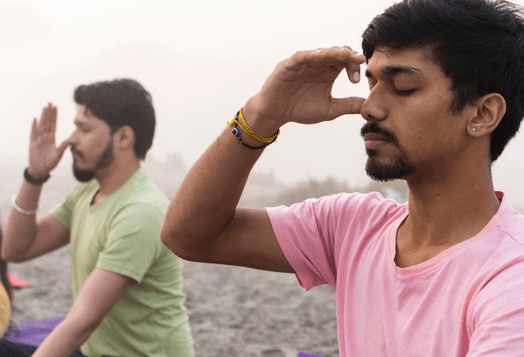
2. The "Help Me Sleep" Humming (Bhramari)
There are days when your brain decides 2 am is the ideal time to replay every embarrassing moment from middle school. If you're wondering how to use pranayama for better sleep, try Bhramari. This one makes you sound like a bee, which is why it's called Bhramari or "Bee Breath."
How to do it:
Sit comfortably (preferably not where others can hear you)
Close your eyes
Place your fingers lightly on your ears
Take a deep breath
Hum like a bee while exhaling
Try not to laugh at how silly you feel
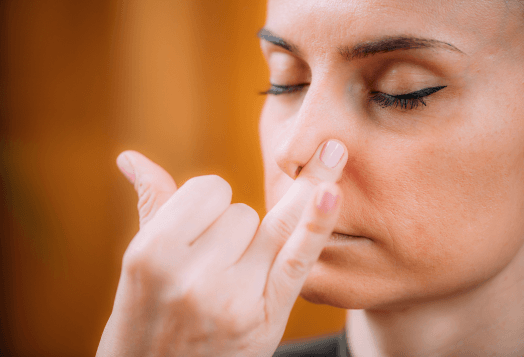
3. The "Energy Shot" Breath (Kapalabhati)
For those mornings when coffee isn't cutting it, and you're considering a double or triple shot of espresso.
How to do it:
- Sit up straight
Take a deep breath
Sharp, quick exhales through your nose while pulling your belly in
Imagine you're trying to blow out birthday candles through your nose
Repeat 20-30 times
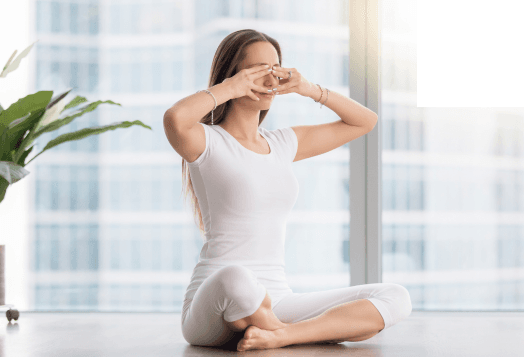
4. The "Darth Vader" Breath (Ujjayi)
This one makes you sound like you're auditioning for the role of Darth Vader, which is actually pretty cool. It's great for focusing when your mind is bouncing around like a squirrel.
How to do it:
Breathe in through your nose
Slightly constrict your throat
Make an ocean sound while breathing
Pretend you're fogging up a mirror
Continue for 5-10 minutes
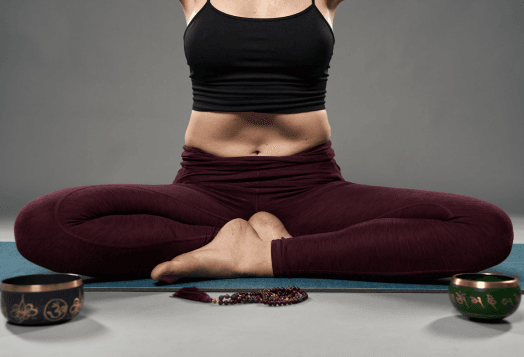
Pranayama & Real Life Scenarios
The Meeting Meltdown Prevention
Picture this: You're about to present to the board, your palms are sweaty, knees weak, and arms are heavy. Instead of letting anxiety turn you into a human fountain, try this:
Find a bathroom stall (your temporary fortress of solitude)
Do five rounds of Nadi Shodhana
And you are ready to nail that presentation
The "My Kids Are Testing My Patience" Moment
When your children decide to paint the dog with your expensive face cream:
- Step into another room
- Practice Ujjayi breathing for 2 minutes
- Return with the patience of a saint
The Insomnia Inspector
When your brain decides 3 am is the perfect time to solve world hunger:
Try Bhramari breathing
Focus on the humming sensation
Drift off to sleep before you can remember that embarrassing thing you did in 2007
The Science Behind Pranayama
Are you thinking: "This sounds too simple to actually work." But here's the cool part – science backs it up! Studies show that regular pranayama practice:
- Reduces stress hormones
- Improves heart rate variability
- Enhances focus and memory
Getting Started Your Pranayama Journey
- Start small (5 minutes a day)
- Find a quiet spot (or at least wear headphones so people think you're on a call)
- Use a cushion
- Set reminders
Your Next Breath is Your New Beginning
Life's going to keep throwing curveballs your way – that's just how it works. But with these breathing techniques in your emotional toolbox, you're better equipped to handle whatever comes your way. Whether it's dealing with that one colleague who can't use "Reply All" correctly or maintaining your cool when your teenager asks for the car keys, pranayama's got your back.
Remember: Your breath is always with you (thankfully), it's free (even better), and it doesn't require any fancy equipment or a gym membership.




